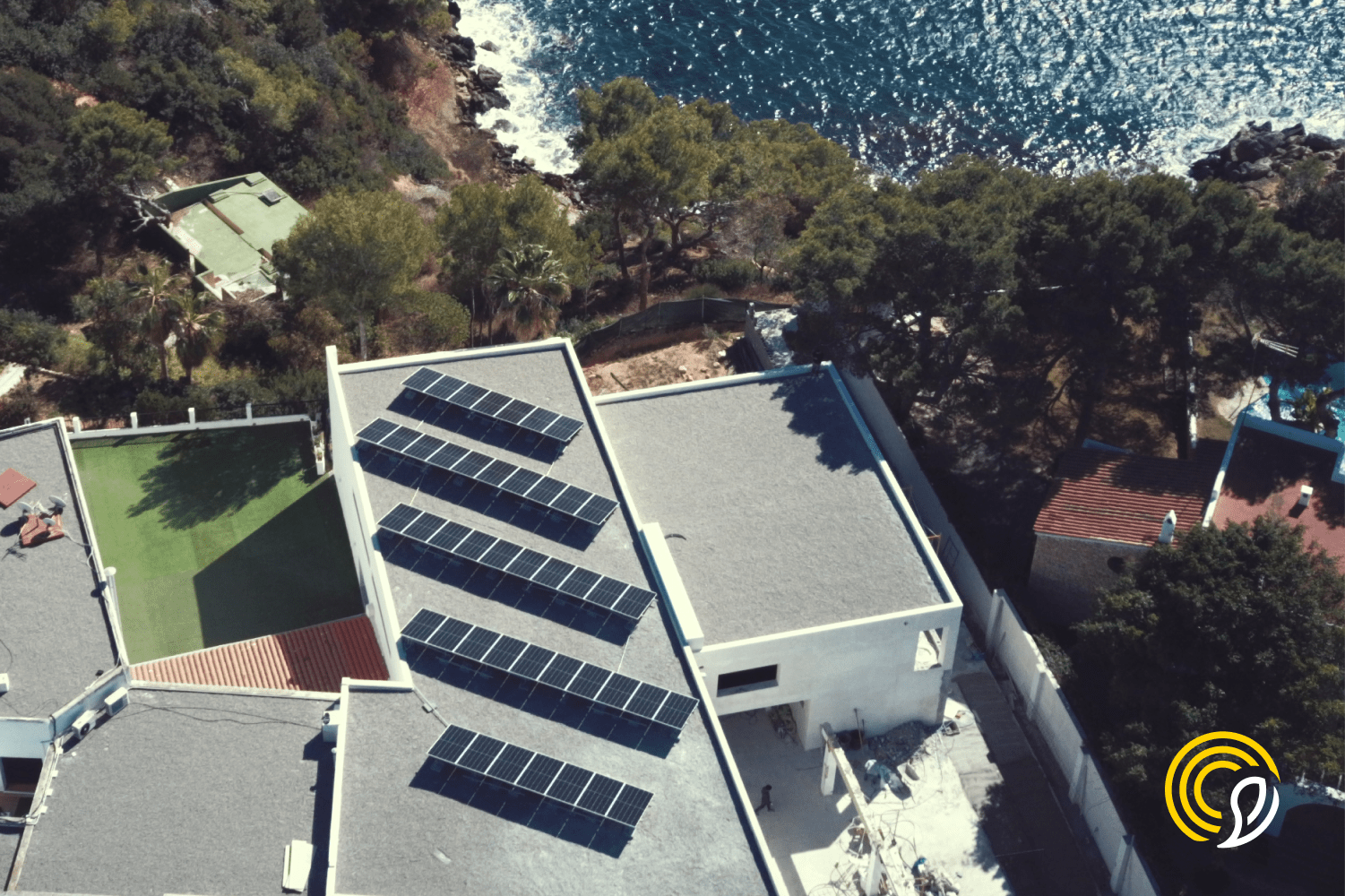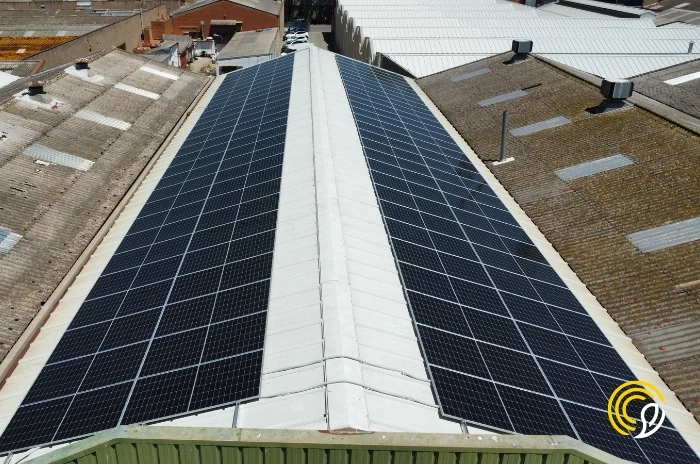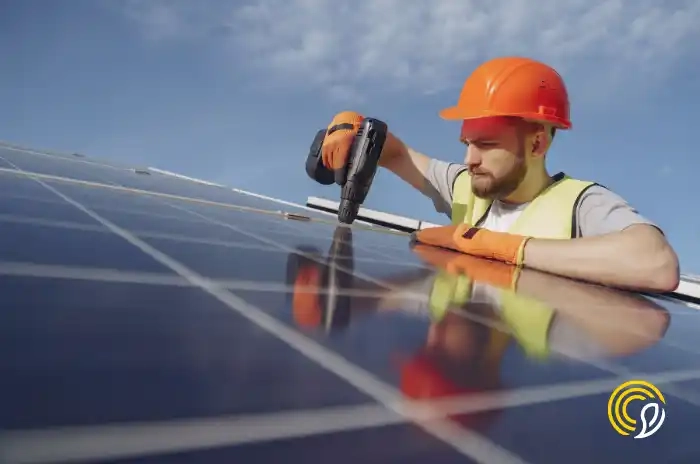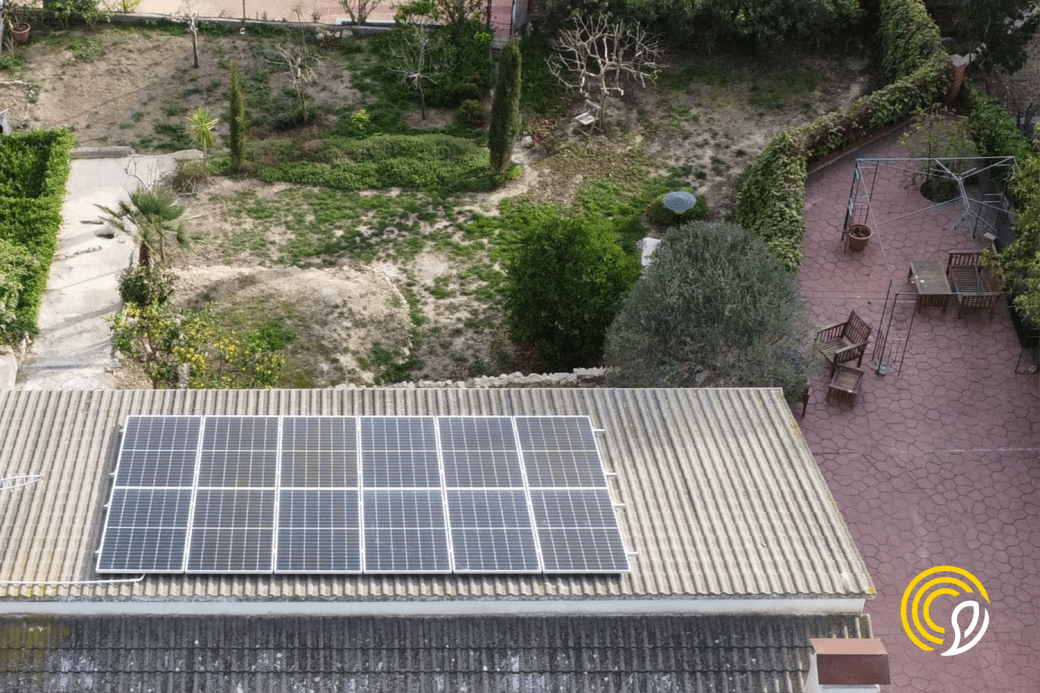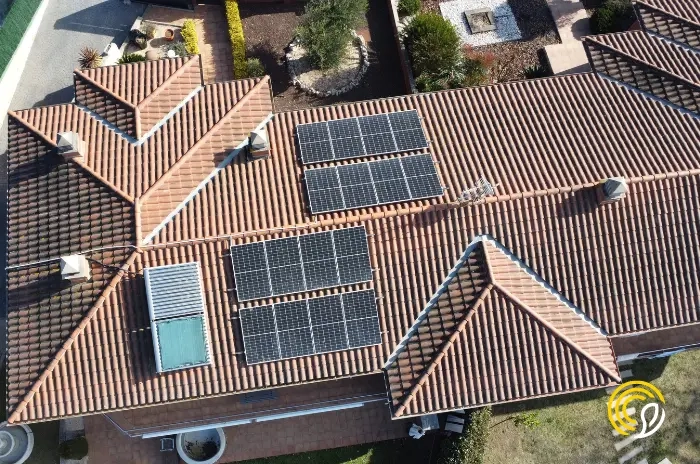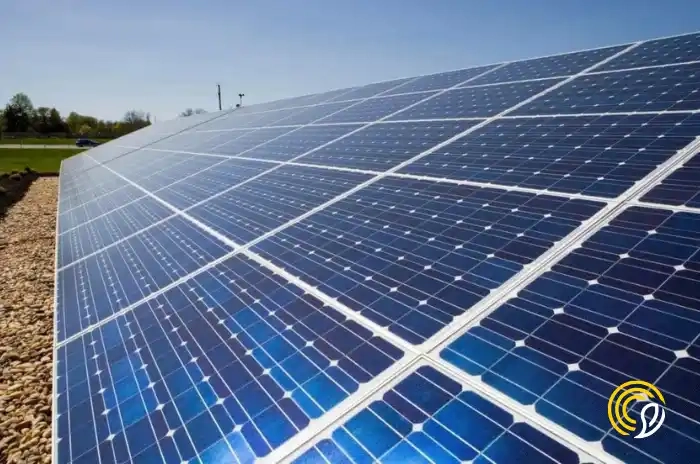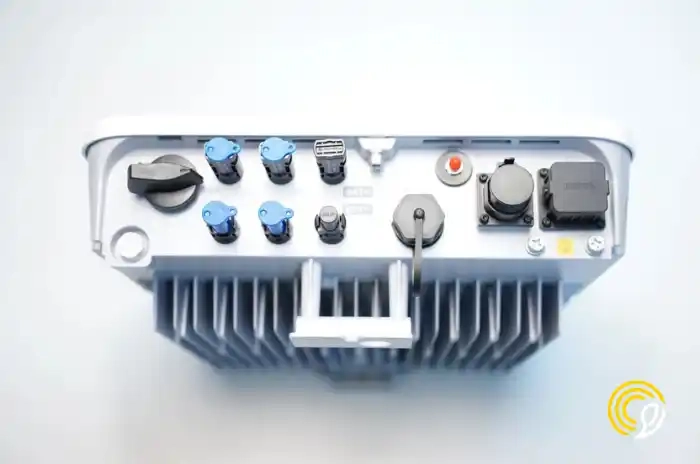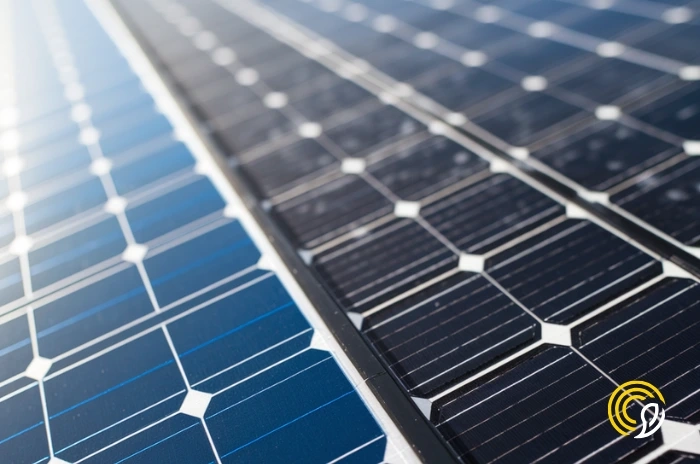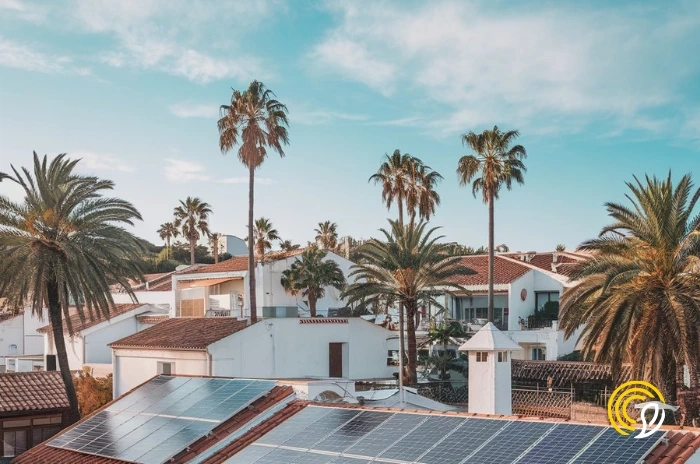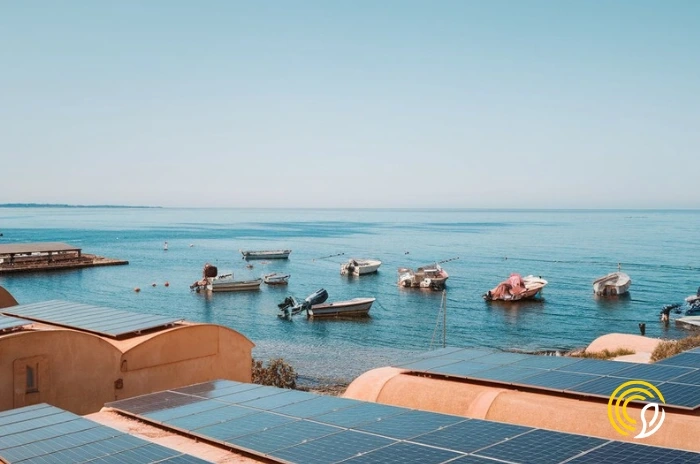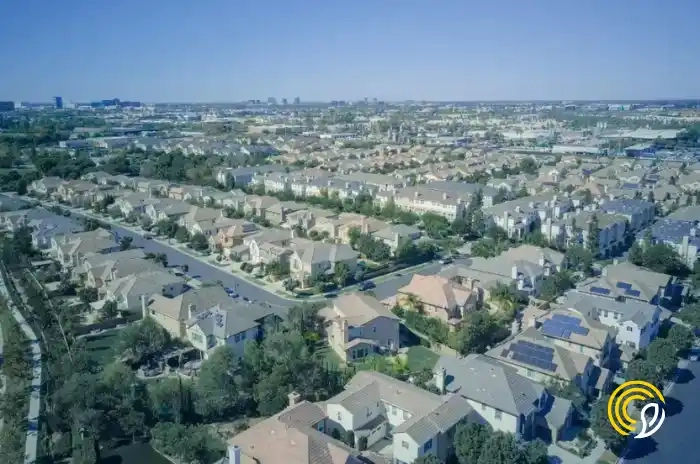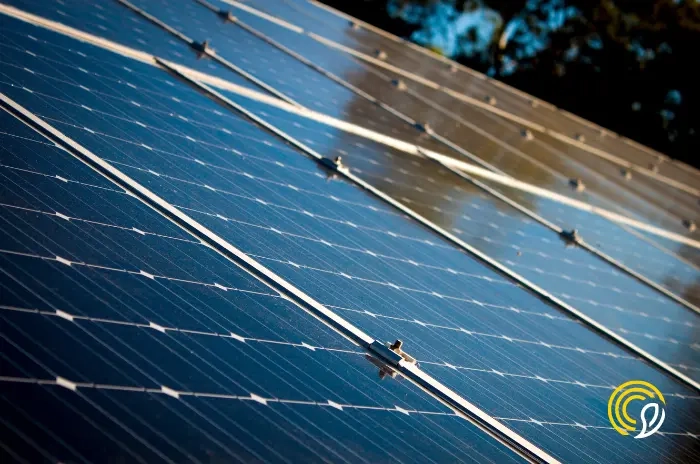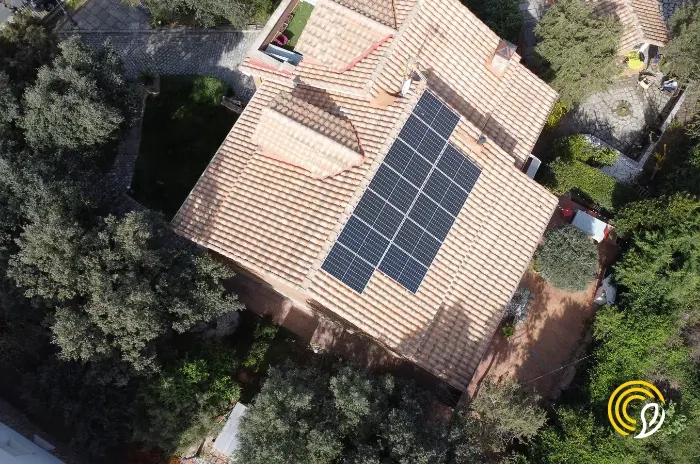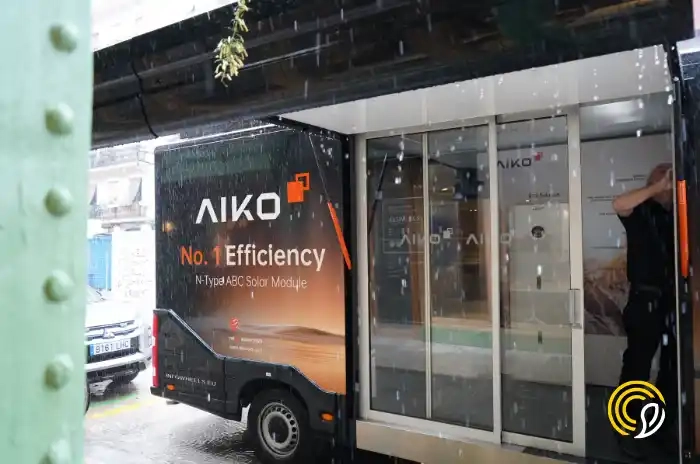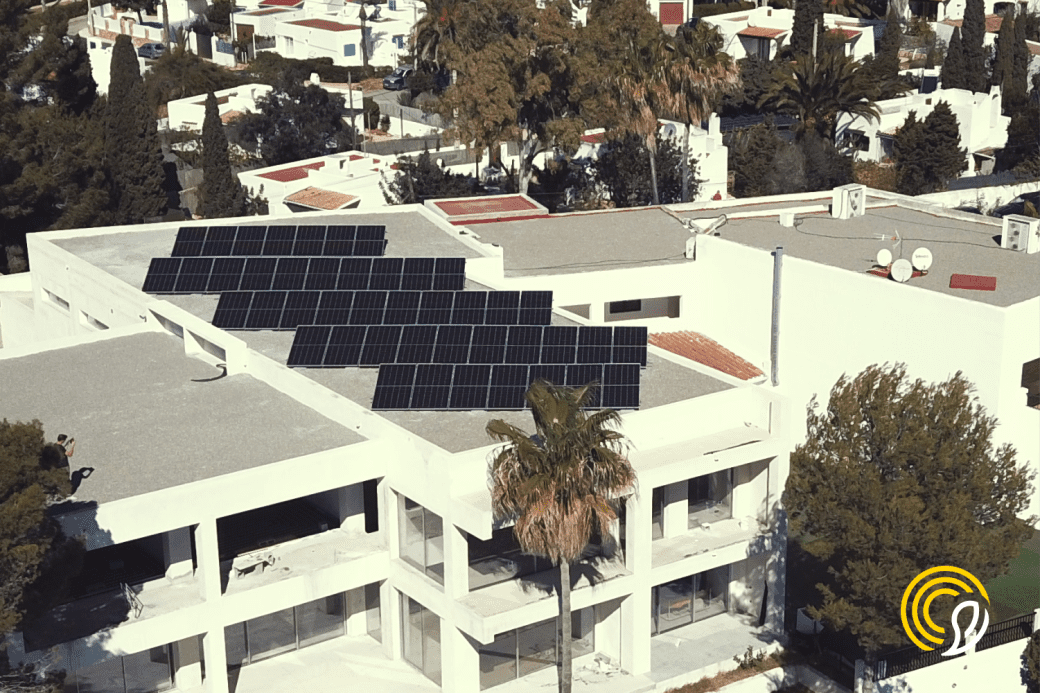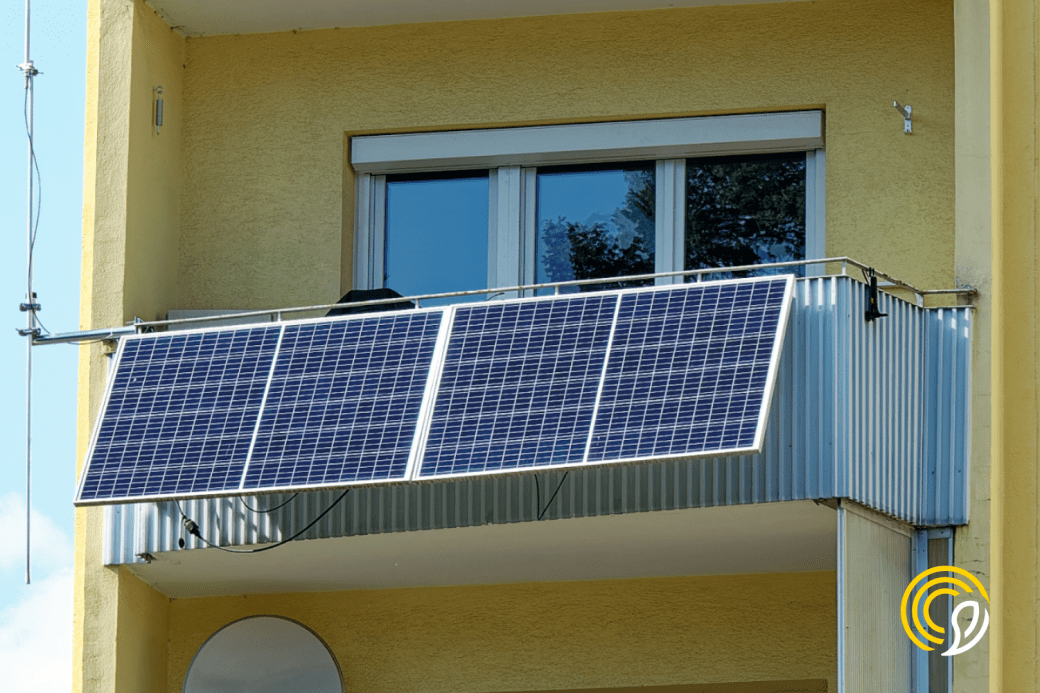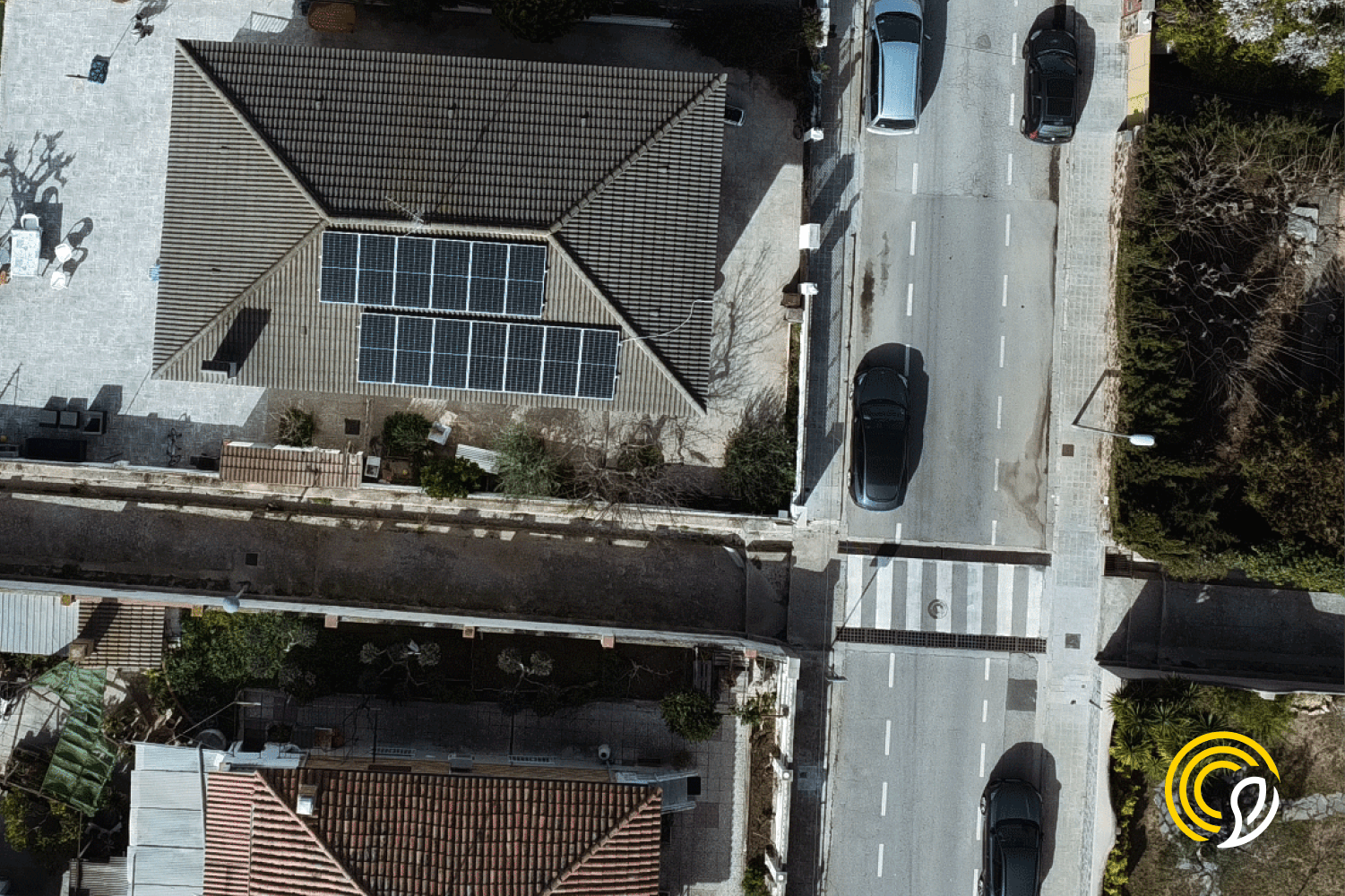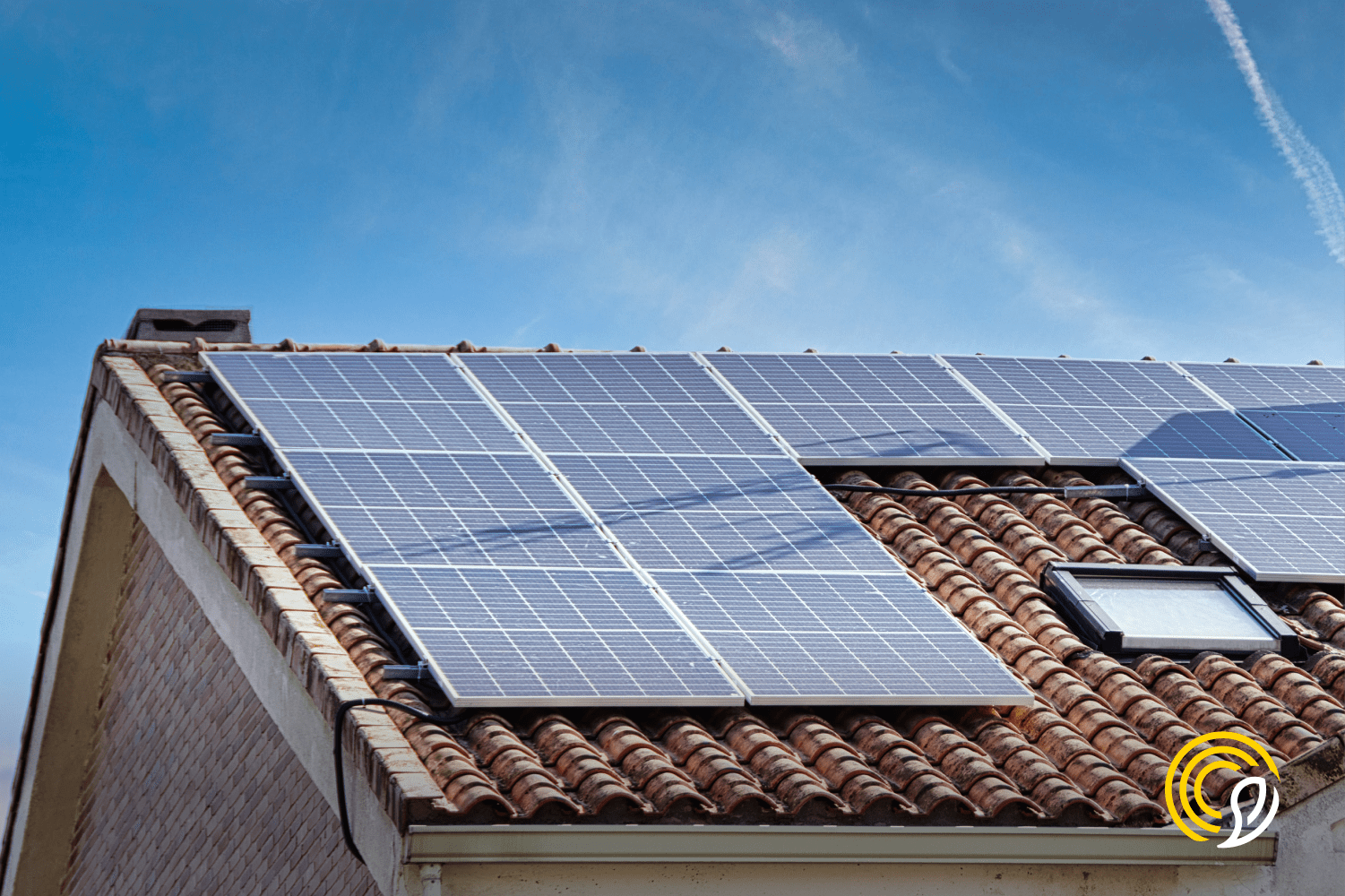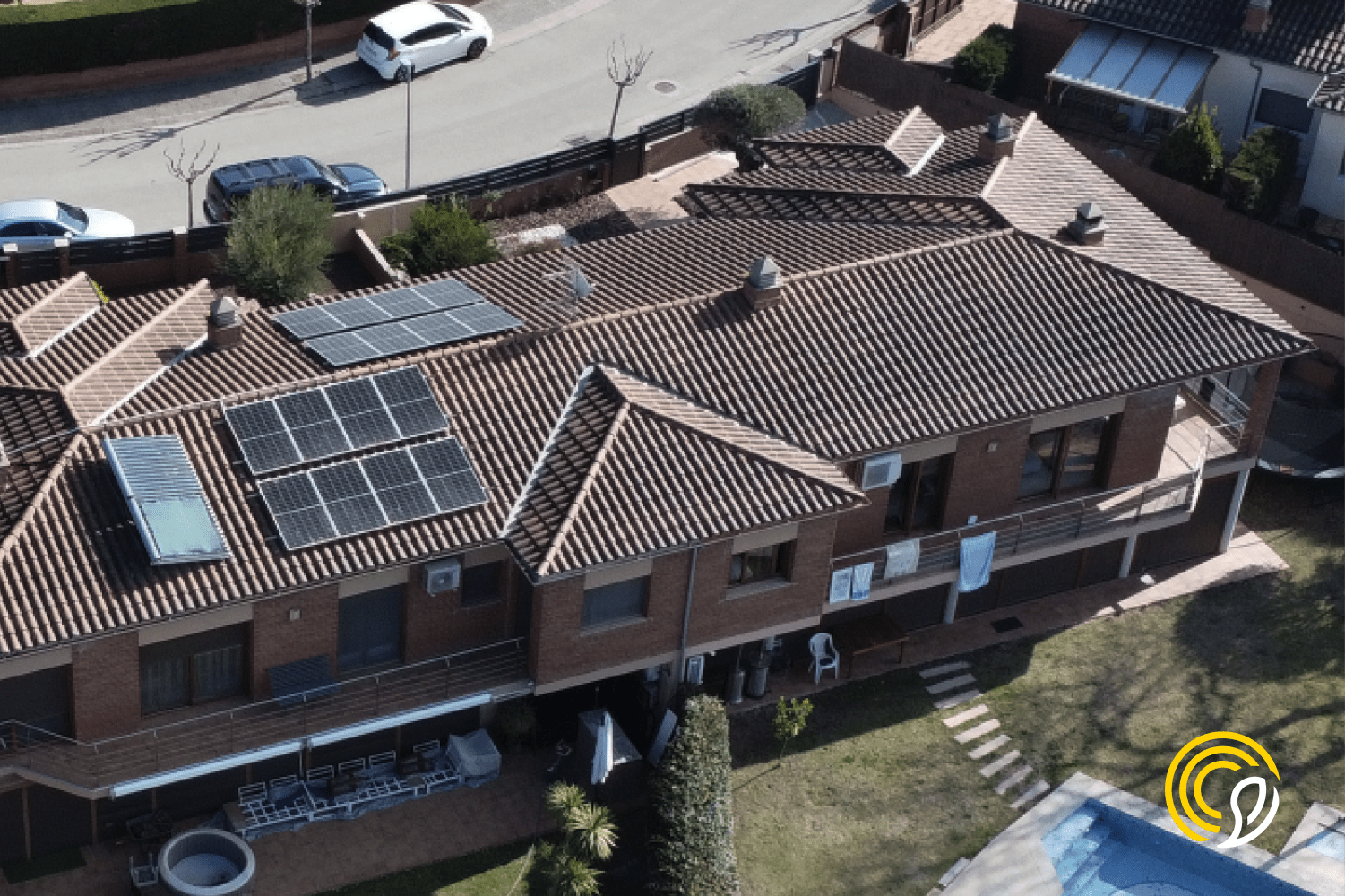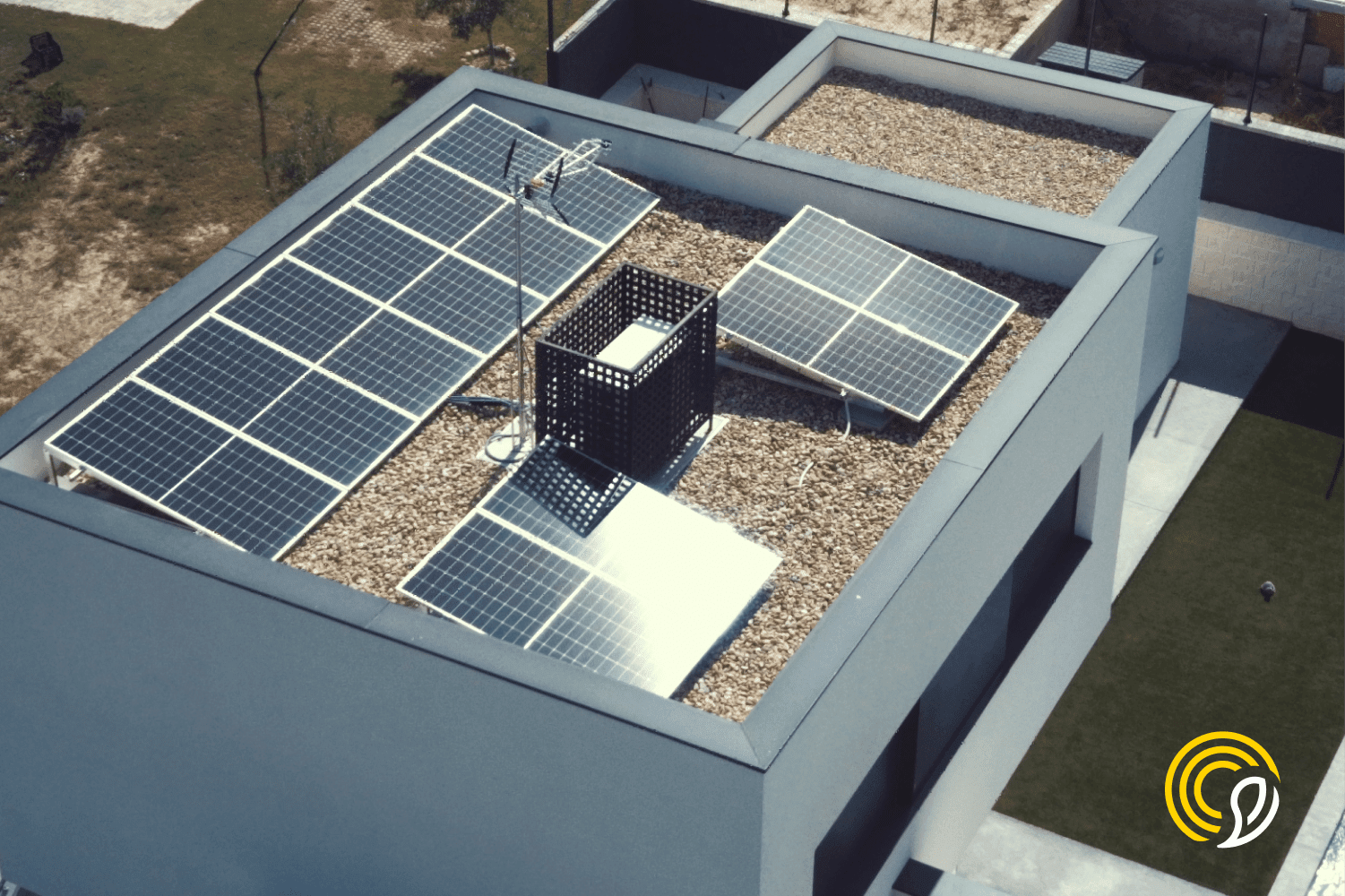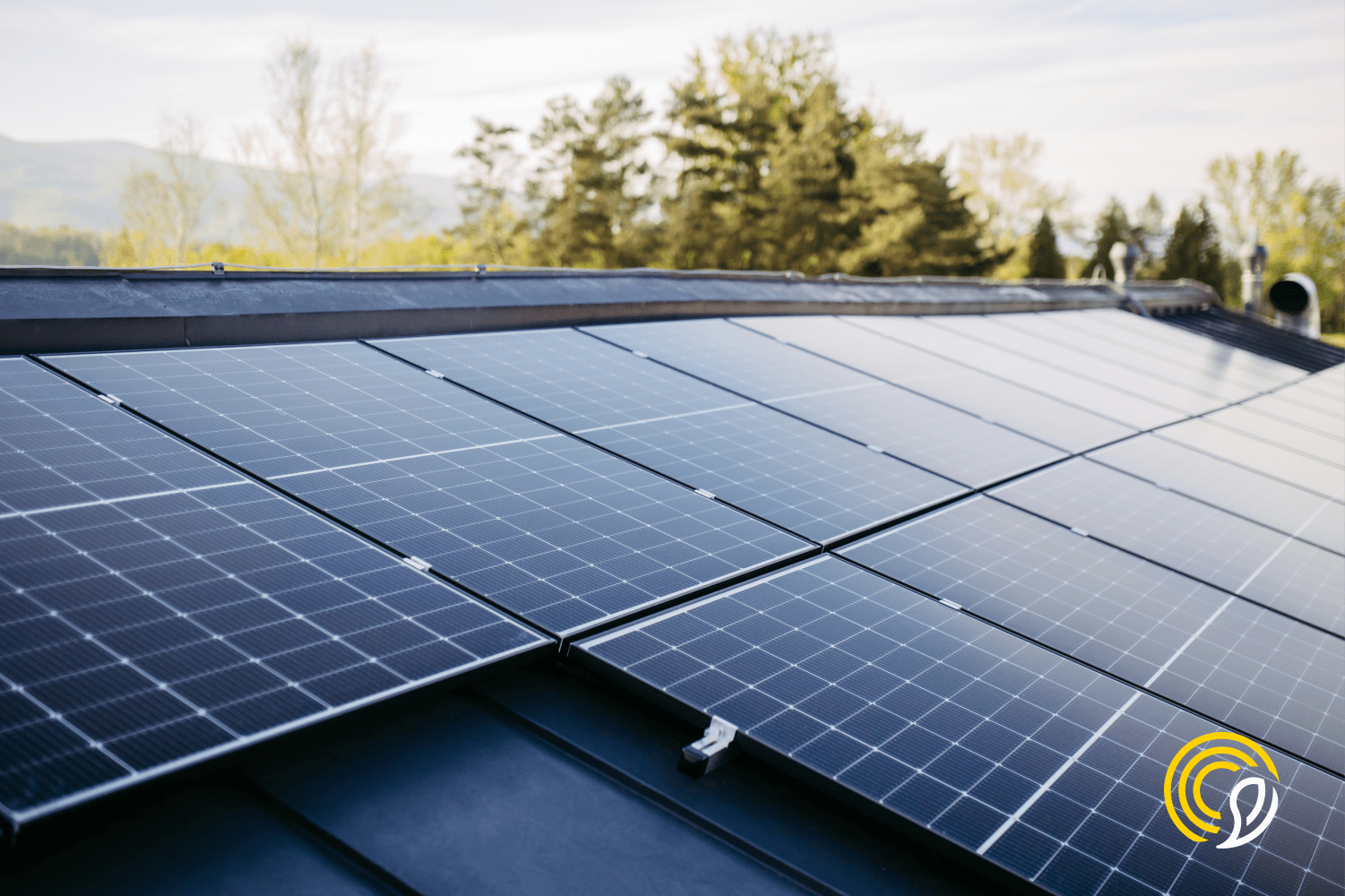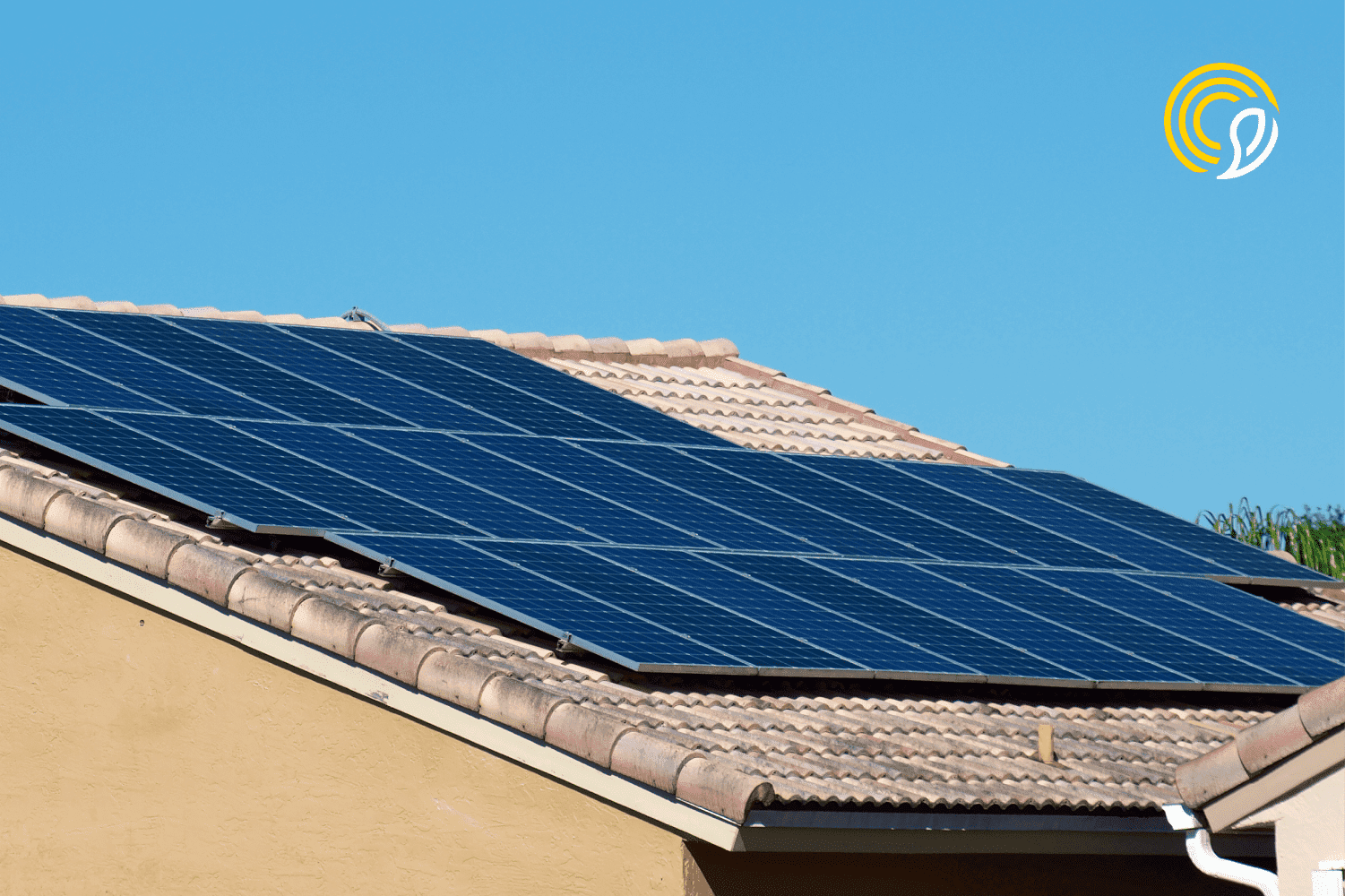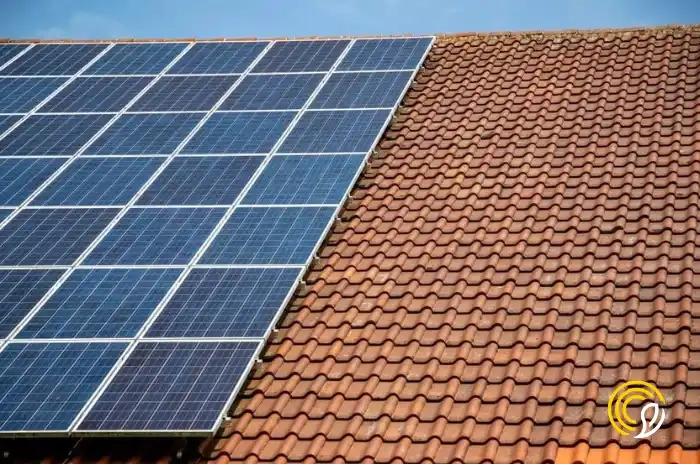
Solar panels on rooftops: which ones are suitable?

Head of Sales Operations and Marketing at Sunhero, specialised in strategic planning and commercial excellence, passionately advancing solar energy adoption across Spain.
14/11/2024
5 min read
Table of Contents
Installing solar panels on a rooftop is generally straightforward, though it’s not without its challenges. In most cases, solar panels can be installed on almost any type of roof. However, given the diversity of roof types and materials found in Spain, each installation needs to be assessed individually. If you’re wondering whether your roof is suitable for solar panels, this guide will walk you through what to consider.
In some cases, rooftop installations may not be possible, though these situations are rare. So, if you’re considering adopting solar energy for your home, there are certain factors regarding your roof that you should keep in mind. After all, your roof is where most of your panels are likely to be installed.
Rooftop solar installations have specific requirements that affect the suitability of a given roof. Here, we’ll look at everything you need to know about the conditions a roof should meet and the type of material best suited for solar panels.
Roof conditions for solar panel installation
Three fundamental factors determine if your roof can support solar panels: its condition, available surface area, and the materials used in its construction, which influence the roof’s durability and resistance.
Let’s look at each of these in detail:
Condition of the roof
The roof needs to be in good condition, free from cracks, defects, or leaks. Exposed to weather conditions, such as rain and wind, and even things like bird activity or falling branches, a roof can sustain damage that may affect its suitability for installation.
Broken or displaced tiles are common issues. While regular roof maintenance is always recommended, it’s especially important if you’re considering solar panels.
If your roof requires any repairs, it’s best to address these before installation. Not only will poor roof conditions prevent a safe installation, but having to remove and reinstall the panels later on could be inconvenient and costly. Remember, solar panels typically last around 25 years.
Roof surface area
Solar panels have specific dimensions and weight, so the number of panels you can install will partly depend on your roof’s available surface area.
Several factors come into play here, such as the roof’s pitch, orientation, and any shadows cast on its surface.
- Pitch: Roofs vary widely – some are flat, some sloped, and others multi-level. Ideally, the pitch of your roof should be less than 40 degrees for optimal energy production. Interestingly, flat roofs are the most suitable for solar panels, as the optimal angle can be created with panel mounts, and flat roofs are generally easier for technicians to work on.
- Orientation: In Spain and other northern hemisphere locations, south-facing panels receive the most sunlight and, therefore, generate the most energy. Roofs facing other directions will still work but may have reduced efficiency.
- Shadows on the roof: Shadows can significantly impact energy production. It’s important to assess whether the shadows are from permanent structures (like a nearby building) or temporary objects (such as a tree branch moving in the wind). Ideally, your roof should be shadow-free, but if shadows are unavoidable, an analysis can help determine their impact on solar production.
Roof materials
Another key aspect when installing solar panels is the roofing material. The roof should be sturdy and durable, as the panels will add weight that the structure must support.
Fortunately, solar technology has advanced to adapt to a wide range of roofing materials. Here’s a quick overview:
- Metalroofing: This is ideal for solar panel installation, as it provides excellent durability and resistance. You’ll commonly see metal roofing on industrial buildings.
- Claytiles: More common in residential areas, especially in rural zones. Though clay tiles require careful handling during installation, they are still suitable for solar panels.
- Slateroofs: Often found in colder areas due to slate’s heat retention properties. While slate roofs require careful installation, they are generally compatible with solar panels.
- Flat, walkable roofs: Often seen in urban settings on office buildings or apartments, these roofs are also suitable for solar panels with the right mounting systems.
Other materials that can support solar panels include:
- Flemish roof tiles
- Marseille roof tiles
- Concrete roof tiles
- Interlocking tiles
- Flat tiles (without nails)
- Flat gravel roofs
- Flat roofs with modified asphalt/ bitumen membranes
In contrast, materials such as thatch roofs are unsuitable for solar panels, as they lack the stability and resistance needed.
Other materials that should be avoided include:
- Flat tiles fixed with nails
- Cement-fixed tiles
- Asphalt tiles
- Prefabricated roofs
- Sheet metal roofs
- Flat roofs with EPDM, TPO, or PVS membrane layers
Finally, it’s important to note that roofs should be free of asbestos. This hazardous material was banned in Spain in 2002, though some older buildings may still have asbestos roofing. If your roof contains asbestos, consider replacing it before installing solar panels.
Structural strength
While the roofing material is important, so is the structural strength of the building. Solar panels are installed on a mounting structure, often secured to iron, wood, or concrete beams. It’s essential that the structure can bear the additional weight of the panels, so the installation company should assess this beforehand.
Summary
For a roof to support solar panels, it needs to be in good condition, durable, large enough, appropriately oriented, and made from compatible materials.
If you’re considering solar panels for your business or home, we’d be happy to provide a personalised proposal tailored to your needs and support you throughout the entire process. Or you can use our solar calculator to get a quick estimation of your project’s cost and savings.
FAQ
How can I tell if my roof is suitable for solar panel installation?
Your roof should be in good condition, free from damage, and made from compatible materials. It also needs enough surface area and structural strength to support the weight of the panels.
Which roofing materials are ideal for solar panel installations?
Metal, clay tiles, slate, and flat, walkable roofs are generally well-suited for solar panels. Other compatible materials include concrete roof tiles, interlocking tiles, and flat roofs with modified asphalt/bitumen membranes.
What roof types or materials should I avoid for solar panels?
Thatch roofs, cement-fixed tiles, sheet metal, and flat roofs with EPDM, TPO, or PVS membranes are unsuitable. Additionally, roofs containing asbestos should be replaced due to health and safety concerns.
Does my roof’s orientation and pitch affect solar panel efficiency?
Yes, south-facing roofs in Spain receive the most sunlight and are ideal. The roof pitch should ideally be less than 40 degrees, though flat roofs can work with adjustable mounts for optimal energy production.
What structural considerations should I keep in mind for solar panel installation?
The building’s structural strength must be assessed to ensure it can bear the weight of the panels. The installation is usually anchored to beams of iron, wood, or concrete for stability.
Start today!
Fill out our free solar calculator and get a custom quotation




